A young girl is thrown out of her house by her family as she supposedly gets pregnant during college. Having moved out, she finds a companion in a transgender woman, Emily. When she gets exploited by 3 males, she approaches a popular reality show to air her views and make the perpetrators apologize on live television. But not everything goes as planned.
|
Language:
|
Tamil
|
|
Running Time:
|
130 min
|
|
Rating:
|
U/A
|
|
Release date:
|
15 December 2017
|
|
Directed by:
|
Arun Prabu Purushothaman
|
|
Produced by:
|
S. R. Prakashbabu
S. R. Prabhu
|
|
Written by:
|
Arun Prabu Purushothaman
|
|
Starring:
|
Aditi Balan
Lakshmi Gopalaswamy
Anjali Varadhan
Mohammad Ali Baig
Kavitha Bharathi
Madhankumar Dhakshinamoorthy
Thirunavukkarasu
|
|
Music by:
|
Vedanth Bharadwaj
Bindhu Malini
|
|
Shot by:
|
Shelley Calist
|
|
Editing by:
|
Raymond Derrick Crasta
|
|
Distributed by:
|
Dream Warrior Pictures
|
What’s Hot
What’s Not
Badges
Verdict


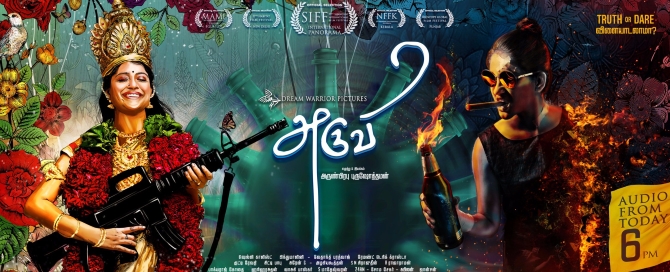
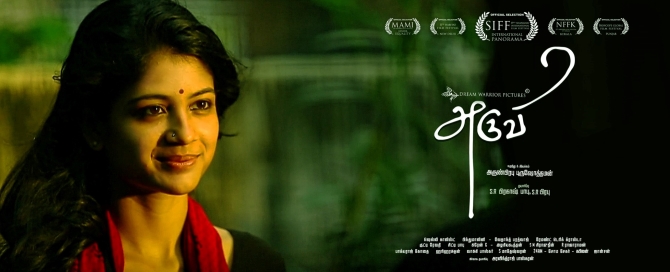
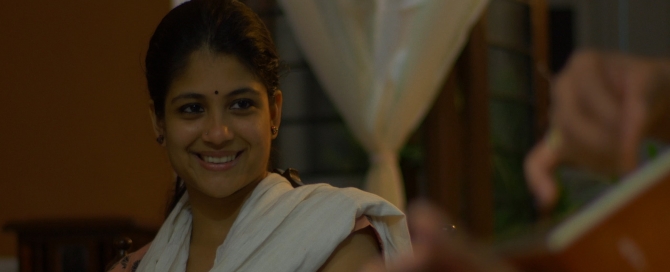






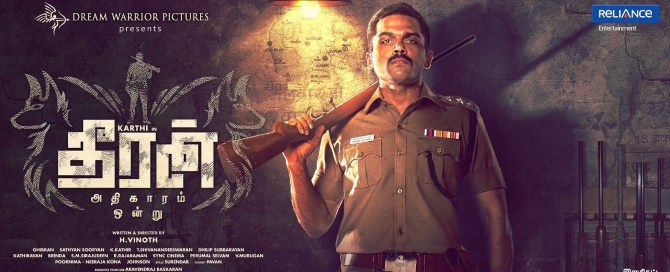
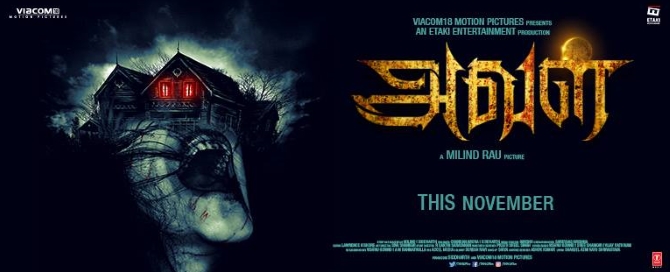
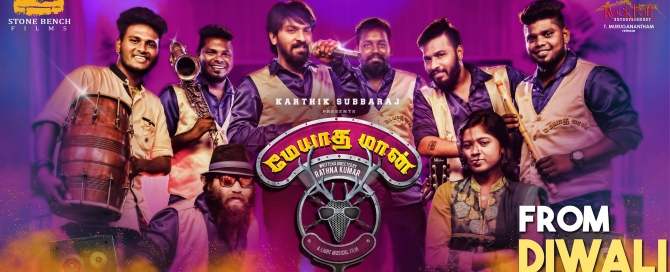
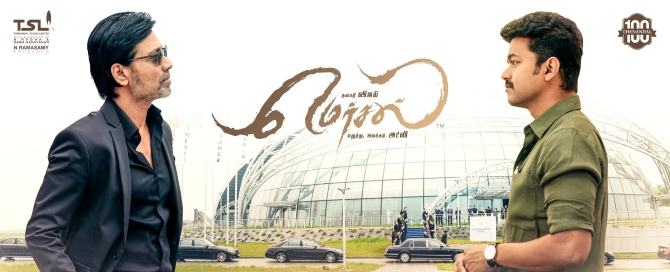
Leave A Comment